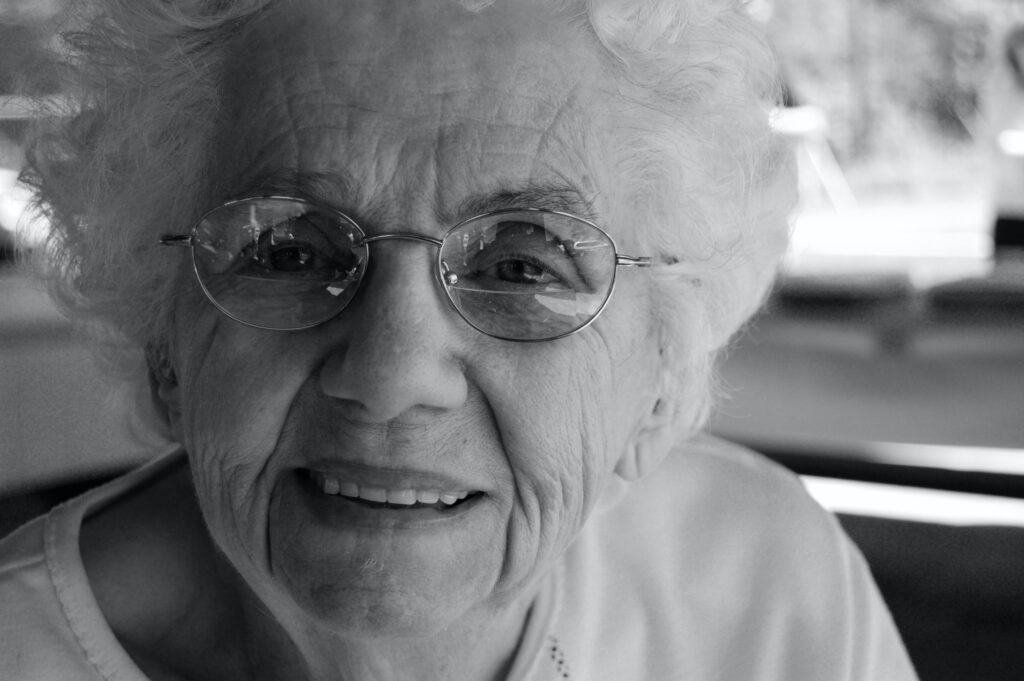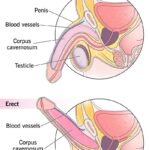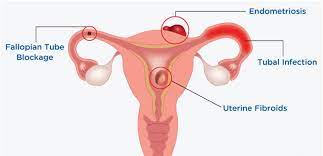Effective Strategies for Managing Pain in the Elderly: Enhancing Quality of Life for Senior Citizens

In this article, we will discuss effective strategies for managing pain in the elderly.
Pain is a prevalent and often complex issue among the elderly population. As people age, various factors like chronic conditions, reduced mobility, and age-related changes in the body can contribute to a higher likelihood of experiencing pain. Managing pain effectively in the elderly is crucial to improve their quality of life, maintain their independence, and promote overall well-being. In this article, we will explore a range of strategies, both medical and non-medical, that can be employed to manage pain in the elderly.

Understanding Elderly Pain
Before delving into the strategies, it’s important to understand the nature of pain experienced by the elderly. Seniors are more likely to suffer from chronic pain conditions, such as arthritis, osteoporosis, and neuropathy. These conditions often lead to persistent discomfort that can greatly impact daily activities and overall mood. Recognizing the unique challenges that elderly individuals face when it comes to pain is the first step in devising effective pain management strategies.
Medical Approaches
- Medication Management: Medications play a crucial role in alleviating pain in the elderly. Non-prescription options like acetaminophen can be useful for mild pain, while prescription medications, including nonsteroidal anti-inflammatory drugs (NSAIDs) and opioids, might be prescribed for more severe pain. It’s vital to consult a healthcare professional before starting any medication regimen, as drug interactions and side effects can be a concern.Managing pain in the elderly often involves a combination of medical and non-medical approaches. Medication management is a critical aspect of pain relief for seniors, as it can significantly improve their quality of life and overall well-being. However, it’s important to approach medication use cautiously in this population due to factors such as potential interactions, side effects, and age-related changes in metabolism. Let’s explore various medications commonly used to manage pain in the elderly, along with important considerations.
Non-Prescription Medications:
- Acetaminophen (Tylenol): Acetaminophen is often recommended for mild to moderate pain relief in elderly individuals. It’s generally considered safe when used as directed and can help manage pain associated with conditions like osteoarthritis or headaches. However, it’s important to be mindful of the maximum recommended dose to avoid liver damage.
- Nonsteroidal Anti-Inflammatory Drugs (NSAIDs): NSAIDs like ibuprofen and naproxen are commonly used for pain and inflammation management. They can be effective for conditions such as arthritis. However, NSAIDs can increase the risk of gastrointestinal bleeding and may interact with other medications, so consulting a healthcare provider is essential before starting them.
Prescription Medications:
- Opioids: Opioids are strong pain relievers that are used for severe pain when other treatments are ineffective. However, opioid use in the elderly comes with risks, including the potential for addiction and increased sensitivity to side effects. Healthcare professionals carefully evaluate the potential benefits and risks before prescribing opioids and often monitor their use closely.
- Antidepressants and Anticonvulsants: Certain classes of antidepressants and anticonvulsants are used to manage chronic pain, particularly neuropathic pain. These medications can help alter pain perception and provide relief, even at lower doses than those used for depression or epilepsy. Tricyclic antidepressants, selective serotonin-norepinephrine reuptake inhibitors (SNRIs), and gabapentin are examples of such medications.
Considerations for Medication Management:
- Individualized Approach: Every elderly individual’s pain experience is unique, and what works for one person may not work for another. A healthcare professional should carefully assess the type and intensity of pain to determine the most appropriate medication.
- Medication Interactions: Elderly individuals often take multiple medications for various health conditions. It’s crucial to identify potential interactions between pain medications and other drugs they are taking to avoid adverse effects.
- Side Effects: The elderly population is more susceptible to experiencing side effects due to age-related changes in metabolism. Common side effects of pain medications include dizziness, gastrointestinal discomfort, and cognitive impairment. Careful monitoring and dose adjustments may be necessary.
- Long-Term Use: Some pain medications, especially opioids, can lead to tolerance, dependence, and even addiction when used long-term. Healthcare providers strive to balance pain relief with the potential risks of extended medication use.
- Regular Follow-Ups: Regular appointments with healthcare professionals are essential for monitoring the effectiveness of pain medications and addressing any concerns or side effects.
- Alternative Treatments: Medication should be just one component of a comprehensive pain management plan. Non-medical strategies, such as physical therapy, lifestyle modifications, and psychological interventions, should also be considered and integrated into the overall approach.
- Physical Therapy: Physical therapy is an effective way to manage pain by improving mobility and reducing muscle tension. Therapists can design personalized exercise routines that target specific areas of pain and discomfort. Regular physical therapy sessions can help seniors maintain flexibility and strength, enhancing their overall quality of life.
- Interventional Procedures: In cases where conventional treatments are insufficient, interventional procedures like corticosteroid injections or nerve blocks can provide relief. These procedures are often performed by pain management specialists and can offer long-lasting pain reduction.
Non-Medical Approaches
- Lifestyle Modifications: Encouraging elderly individuals to make healthy lifestyle changes can significantly impact their pain levels. Maintaining a balanced diet rich in anti-inflammatory foods, staying hydrated, and engaging in regular low-impact exercise can all contribute to pain reduction.
- Mind-Body Techniques: Mindfulness meditation, deep breathing exercises, and relaxation techniques can help manage pain by promoting a sense of calm and reducing stress. These techniques are particularly valuable for elderly individuals who may also be dealing with anxiety or depression.
- Heat and Cold Therapy: Applying heat or cold to painful areas can provide immediate relief. Warm baths, heating pads, and cold packs can help reduce inflammation and soothe sore muscles or joints.
- Assistive Devices: For elderly individuals with mobility issues, assistive devices such as canes, walkers, and orthopedic shoes can help reduce strain on painful areas and improve overall mobility.
- Social Support and Mental Health: Engaging with friends, family, and support groups can combat feelings of isolation, which can exacerbate pain. Addressing mental health is crucial, as a positive mindset can contribute to pain tolerance and overall well-being.
In conclusion, managing pain in the elderly necessitates a comprehensive and holistic approach. By combining medical and non-medical strategies, we can address pain from various angles and provide tailored solutions for individual needs. It’s important to remember that pain management is not a one-size-fits-all endeavor; what works for one person may not work for another. Therefore, collaborating closely with healthcare professionals to create a personalized pain management plan is paramount.
As we continue to prioritize the well-being of our elderly population, the pursuit of effective pain management strategies remains crucial. By fostering a deeper understanding of the unique challenges faced by seniors and employing a range of evidence-based techniques, we can enhance their overall quality of life and ensure that they age with dignity and comfort.



